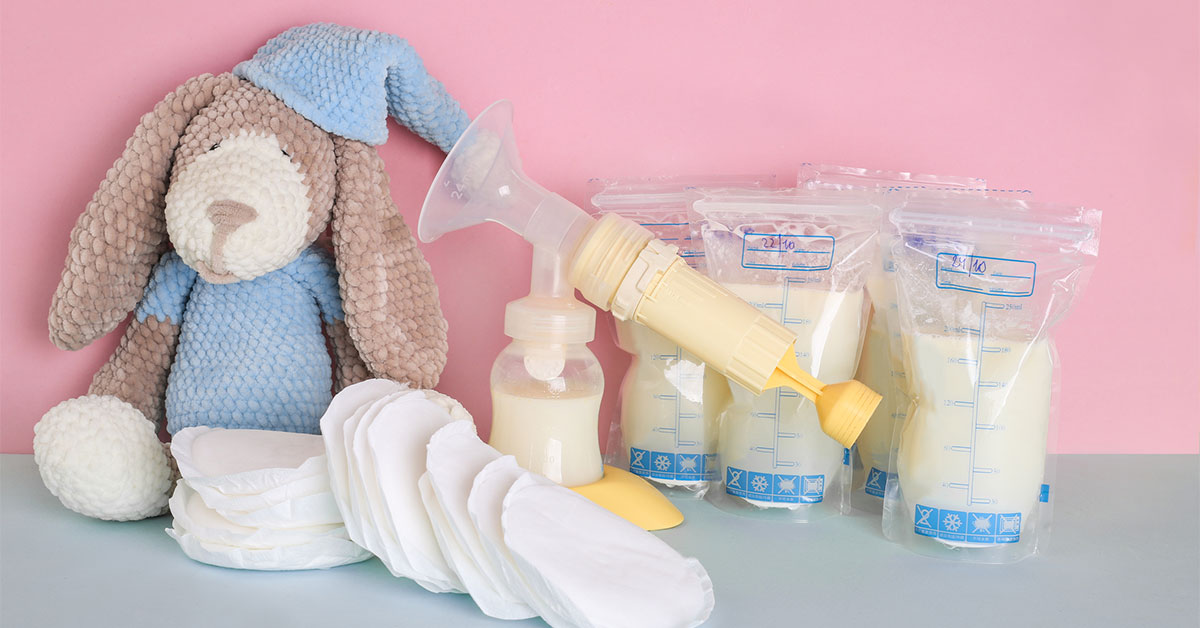All newborns cry and get fussy sometimes, but it could be colic when a baby cries inconsolably for extended periods for no apparent reason. Colic is not a welcome condition, but it’s also not uncommon with 20-25% of babies experiencing colic – stressing out parents and testing their patience.
Doctors define colic as when a baby’s crying lasts for more than three hours a day, happens more than three days a week, and occurs for more than three weeks. With so much crying, colic is difficult for babies and parents alike.
Colic behaviors typically begin around the sixth week of infancy and often subside on their own by 3 to 4 months. The distress in these otherwise well-fed, healthy babies is usually predictable, frequently occurring in the evening, and expressed in many ways.
Signs that your baby may have colic
- Inconsolable crying and screaming
- Legs curled up toward the chest
- Frequent gas or burping
- Enlarged, distended, or tight stomach
- Arched back
- Clenched fists
- Reddened face after an extended episode of crying
When to see a doctor for a colic baby
Symptoms of colic can be worrisome, so when should you make sure a provider sees your baby? Call your provider if you notice any of the following symptoms.
- Not sucking or drinking a bottle
- Drinking less milk than usual
- Vomiting
- Diarrhea or loose stool
- Becoming more irritable when held or touched
- Change in breathing rate or any difficulty breathing
- Being more sleepy or sluggish than normal
- Fever of 100.4°F or higher
The cause of colic
While doctors don’t have definitive explanations for colic, they have theories. Some babies may be overly sensitive and have trouble adjusting to their new environment of lights, loud noises, and other new things around them. They may have difficulty calming themselves. Some experts think gas may be to blame for colic, while others believe milk allergies or intolerance could be the culprit. There are no known steps to prevent colic.
Soothing a colic baby
After checking on physical needs like hunger, or sources of discomfort like a dirty diaper, it’s time to use any technique that helps to soothe and comfort a colicky baby.
- Create calm with dim lights, soothing tones, and limited visitors
- Get close through cuddling, or wearing or carrying
- Swaddle with a warmed blanket
- Embrace white noise, calming music, and shushing
- Get moving with anything that swings or rocks
- Offer a pacifier as sucking can be soothing, especially between feedings
- Get outdoors for a walk or change of scenery
- Go for a drive for the motion and noise of the car
- Switch up positions, changing from lying down to sitting,
- Get creative with sound using washing machines, clothes dryers, vacuum cleaners, fans, or anything with low, rhythmic sounds
Parents must recognize that an inconsolable baby can be heartbreaking, upsetting, and anxiety-provoking. To cope, consider taking a break or asking for help.
If the crying sessions seem excessive, or you need support and reassurance, please see your baby’s provider.













